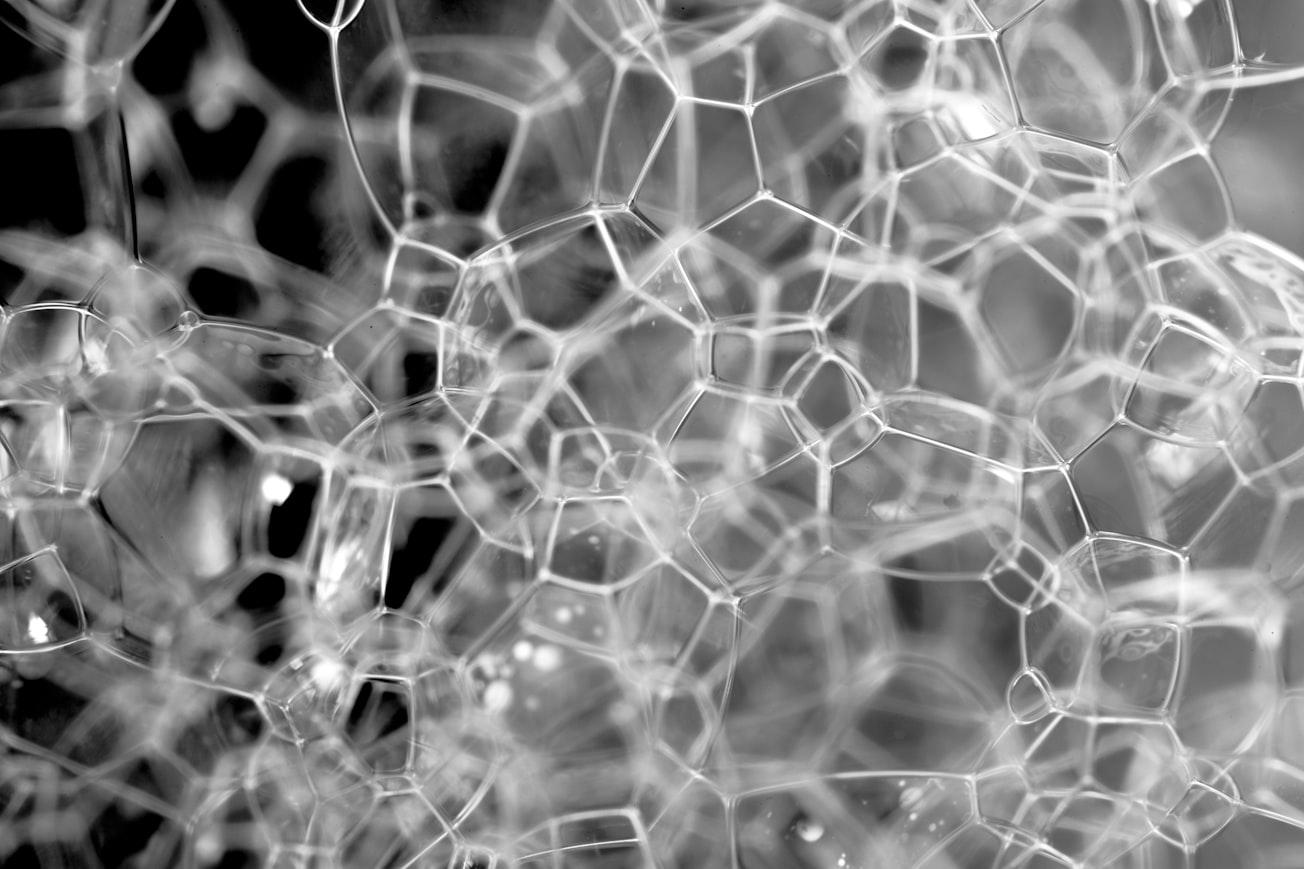What is it about?
PET foam is gaining momentum as a sustainable polymeric foam for structural applications such as aeronautic, wind energy or district heating piping networks. This paper presents the ageing behaviour of PET foam in relation to temperature cycles and hydrothermal exposure.
Featured Image

Photo by Karim MANJRA on Unsplash
Why is it important?
PET foam is receiving increasing interest due to its mechanical properties, competitive cost, full recyclability and non-toxicity. The recently approved restriction on di-isocyanates, required for polyurethane manufacturing, highlights he need for a sustainable replacement for the most-used polymeric foam. But for its implementation in real life infrastructures, knowledge on it’s ageing behaviour is needed in order to assess its service life. The results of an extensive experimental programme are presented here.
Perspectives
The sustainability of low-carbon infrastructure is currently questionned on the basis of material recyclability. The aim of this research is to bring true sustainability to district heating and cooling infrastructure, which would facilitate the use of renewable energy and waste heat sources, by finding, developing and validating polymeric foams which could replace polyurethane. The synthesis of polyurethane requires di-isocyanates, which are highly toxic and suspected of causing cancer, amongst other health and safety risks.
Lucia Doyle
HafenCity Universitat Hamburg
Read the Original
This page is a summary of: Sustainable insulation for sustainable DHC, Energy Reports, October 2021, Elsevier,
DOI: 10.1016/j.egyr.2021.08.161.
You can read the full text:
Contributors
The following have contributed to this page







